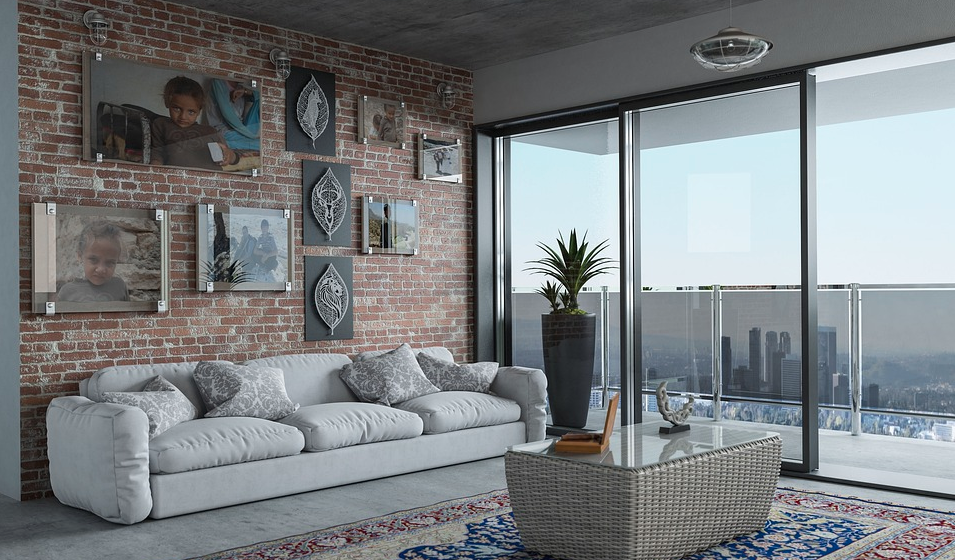The apartment sector continued its strong economic run last year, reflected in the National Multifamily Housing Council’s (NMHC) newly released 2018 NMHC 50—the authoritative ranking of the nation’s largest apartment owners, manager, developers, builders, and syndicators.
MAA (headquartered in Memphis, Tenn.) was the country’s largest apartment owner, with 99,792 apartment homes owned.
Greystar Real Estate Partners (headquartered in Charleston, S.C.) remained the largest apartment manager, with 418,475 apartments under management. Greystar also remained the top apartment developer with 5,651 apartments started in 2017.
Summit Contracting Group, Inc. (headquartered in Jacksonville, Fla.) took the spot as the nation’s top third-party apartment builder, starting 6,053 apartments in 2017.
Alden Torch Financial (headquartered in Denver) continued as the country’s largest apartment tax credit syndicator, with 162,123 apartments syndicated.
“Strong underlying demand and investment performance metrics continue to buoy the market,” said Mark Obrinsky, NMHC’s Senior Vice President of Research and Chief Economist. “While there may have been some signs of deceleration and market leaders have shifted strategies, the industry’s fundamentals remain robust.”
Additional industry and NMHC 50 highlights:
* 2,066,945: number of units collectively owned by the firms on the NMHC 50 top owners list, representing 10.1% of the total apartment stock in the U.S.
* 3,282,557: number of total units managed by the firms on the NMHC 50 top managers list, an all-time high and a 3.3% growth over last year.
* 95.1%: apartment occupancy rate in 2017, according to RealPage; this is slightly below the unusually high levels of the last few years, but well above the post-1999 average of 94.4%.
* 346,900: number of apartments completed in 2017, according to the Census Bureau—the highest level since 1989.
* 343,037: absorptions of apartments in 2017, the best year since 2000 by a wide margin.
* $152.7 billion: total multifamily transaction volume for 2017, according to Real Capital Analytics.
NMHC partners with Kingsley Associates, a leading real estate research and consulting firm, to conduct the research and analysis for the NMHC 50. All apartment owners, managers, developers, builders, and syndicators are invited to answer a survey questionnaire that asks about their prior year’s activities. Apartment owners, managers and syndicators are ranked based on their portfolio holdings (either owned, managed or syndicated) as of January 1, 2018, while developers and builders are ranked based on the number of apartment units started in 2017.
For more details about the NMHC 50, including historical information, visit nmhc.org/The-NMHC-50.
Related Stories
Adaptive Reuse | Jul 27, 2023
Number of U.S. adaptive reuse projects jumps to 122,000 from 77,000
The number of adaptive reuse projects in the pipeline grew to a record 122,000 in 2023 from 77,000 registered last year, according to RentCafe’s annual Adaptive Reuse Report. Of the 122,000 apartments currently undergoing conversion, 45,000 are the result of office repurposing, representing 37% of the total, followed by hotels (23% of future projects).
Multifamily Housing | Jul 25, 2023
San Francisco seeks proposals for adaptive reuse of underutilized downtown office buildings
The City of San Francisco released a Request For Interest to identify office building conversions that city officials could help expedite with zoning changes, regulatory measures, and financial incentives.
Sponsored | Multifamily Housing | Jul 20, 2023
Fire-Rated Systems in Light-Frame Wood Construction
Find guidance on designing and building some of the most cost-effective, code-compliant fire-rated construction systems.
Multifamily Housing | Jul 13, 2023
Walkable neighborhoods encourage stronger sense of community
Adults who live in walkable neighborhoods are more likely to interact with their neighbors and have a stronger sense of community than people who live in car-dependent communities, according to a report by the Herbert Wertheim School of Public Health and Human Longevity Science at University of California San Diego.
Affordable Housing | Jul 12, 2023
Navigating homelessness with modular building solutions
San Francisco-based architect Chuck Bloszies, FAIA, SE, LEED AP, discusses his firm's designs for Navigation Centers, temporary housing for the homeless in northern California.
Sponsored | Fire and Life Safety | Jul 12, 2023
Fire safety considerations for cantilevered buildings [AIA course]
Bold cantilevered designs are prevalent today, as developers and architects strive to maximize space, views, and natural light in buildings. Cantilevered structures, however, present a host of challenges for building teams, according to José R. Rivera, PE, Associate Principal and Director of Plumbing and Fire Protection with Lilker.
Mass Timber | Jul 11, 2023
5 solutions to acoustic issues in mass timber buildings
For all its advantages, mass timber also has a less-heralded quality: its acoustic challenges. Exposed wood ceilings and floors have led to issues with excessive noise. Mass timber experts offer practical solutions to the top five acoustic issues in mass timber buildings.
Multifamily Housing | Jul 11, 2023
Converting downtown office into multifamily residential: Let’s stop and think about this
Is the office-to-residential conversion really what’s best for our downtowns from a cultural, urban, economic perspective? Or is this silver bullet really a poison pill?
Adaptive Reuse | Jul 10, 2023
California updates building code for adaptive reuse of office, retail structures for housing
The California Building Standards Commission recently voted to make it easier to convert commercial properties to residential use. The commission adopted provisions of the International Existing Building Code (IEBC) that allow developers more flexibility for adaptive reuse of retail and office structures.

















